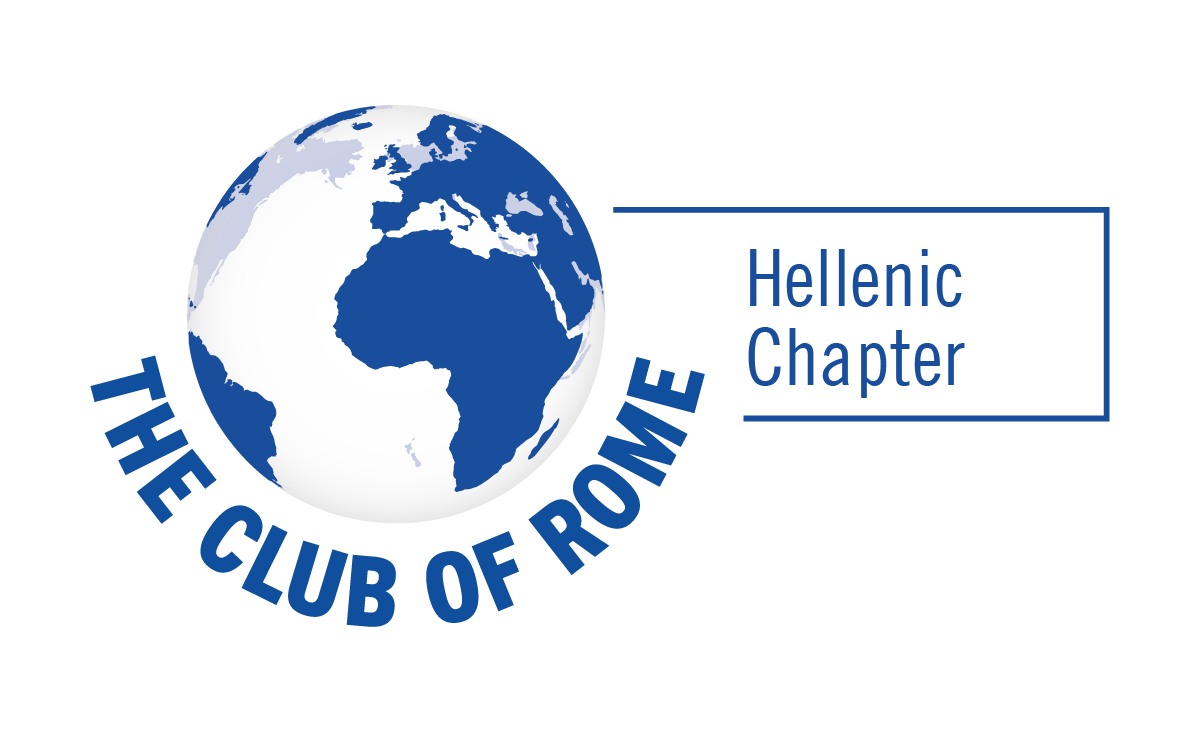History of the Club of Rome
The story of the Club of Rome begins with an unlikely encounter between Aurelio Peccei, a successful Italian industrialist, and Alexander King, an eminent Scottish scientist. While travelling around the world for his work, Peccei had grown concerned about the pace of socio-economic development, environmental degradation and the North/South divide. He expressed these concerns in a keynote speech given to ADELA, a new investment company. Through a series of coincidences, Peccei’s speech transcript landed on the desk of Alexander King, who was so impressed that he contacted Peccei and suggested a meeting.
At the invitation of Aurelio Peccei and Alexander King, some 30 European scientists, economists and industrialists gathered in Rome to discuss global problems. The meeting was a monumental flop. King had asked a colleague at the OECD, the astrophysicist Erich Jantsch, to prepare a background paper for discussion. It was a brilliant essay, but too abstract, complicated and controversial. At a dinner afterwards with a small group of participants, they agreed they had been “too foolish, naive and impatient” and simply did not understand the subject enough. They decided to spend the following year educating themselves and call this discussion circle the “Club of Rome”.
Until 1969 the Club was deliberately run as a “non-organization”, an informal group of individuals who met frequently to better understand global problems. As their number expanded however, it became necessary to create a legal structure and to appoint a President: Aurelio Peccei. Peccei was relentless in his dedication to raising awareness about the predicament of humankind. He believed that understanding the “problematique”, as the Club called the interconnected challenges, was essential to plan for the future.
At the invitation of the Swiss Government, the Club held its first official meeting in Bern. Peccei had invited a Turkish economist and futurologist, Hasan Ozbekhan, to propose a model to study mankind’s predicament. Concerned that it would take too long and cost too much to develop the model, the audience dismissed the proposition. Another scholar present, MIT professor Jay Forrester, then offered a solution. Convinced by the potential of Forrester’s computer models, the Club decided to commission a group of MIT researchers to develop the “World3 Model” and produce the first Report to the Club of Rome.
Early drafts of “The Limits to Growth“ were leaked to the Dutch press generating an overwhelming response. The book ultimately went on to sell 900,000 copies in a country with a population of 13 million at the time. Frits Boettcher, the head of the Dutch delegation to the OECD Committee on Science and Technology, then persuaded the Club to establish “The Netherlands Association for the Club of Rome”, the first National Association. The foundation of other national associations quickly followed.
Using a methodology developed by pioneering systems-scientist Jay Forrester, and under the supervision of Dennis Meadows, a group of researchers at the Massachusetts Institute of Technology produced the first Report to the Club of Rome. Considered a classic in the sustainability movement, The Limits to Growth was the first study to question the viability of continued growth in the human ecological footprint. It also broke new ground as the first global model commissioned by an independent body rather than a government or the UN. Translated into over 30 languages, the book has sold more than 16 million copies.
At the initiative of the Club of Rome, Austrian Chancellor Bruno Kreisky hosted a meeting on “North-South Problems” with six other heads of state. The two-day private brainstorming session ended with a press conference for 300 journalists and the publication of what became known as the “Salzburg Statement”. This statement emphasised that the 1973/4 oil crisis was part of a global problem and not simply a political issue, as many then believed.
Following the death of Aurelio Peccei, the Club went through important changes. Alexander King was appointed President, the post of Secretary General was created, and the headquarters were moved from Rome to Paris, where King was based. Under King’s leadership, the Club also made a deliberate change in its approach to “the predicament of mankind”. While maintaining a distinctively global approach, it chose to focus on particular aspects of the challenge, such as governance, peace and disarmament, population growth, and the consequences of advances in science and technology.
Ricardo Diez-Hochleitner, a Spanish diplomat, educational reformist and economist, was appointed President. Diez-Hochleitner has held key education-related posts in international organizations since the 1950s, including the Organization of American States, the World Bank and UNESCO. He was also under-secretary of state for Education and Science in Spain.
Following a change in Secretary General, the Club moved from Paris to Hamburg, the second largest city in Germany.
At a meeting in Madrid attended by Juan Carlos, King of Spain, and Queen Sophia (both Honorary Members of The Club of Rome), HRH Prince El Hassan bin Talal of Jordan was appointed President of the Club. Prince Hassan is a leading statesman, promoter of human dignity and peacemaker.
Ashok Khosla, a leading Indian environmentalist, and Eberhard von Koerber, a German businessman were appointed co-Presidents. Khosla is the Founder and Chairman of Development Alternatives, the first social enterprise in the field of sustainable development, devoted to promoting commercially viable, environmental friendly technologies and sustainable resource management. Von Koerber is the Founder and Chairman of Eberhard von Koerber Ltd, an international Investment and Asset Management company based in Zurich, Switzerland.
With the support of Swiss businessman and Club of Rome supporter Robert Heuberger, the Club moved from Hamburg to Winterthur. The city council welcomed the decision and remains supportive. Winterthur is Switzerland’s sixth-largest city and part of the Canton of Zurich.
Ernst Ulrich von Weizsäcker, a German leading expert in resources efficiency, and Anders Wijkman, a Swedish politician and former member of the European parliament, were appointed co-Presidents. Ernst is the lead author of three Reports to the Club of Rome: Factor Four (1995), Limits to Privatization (2005), and Factor Five (2009). Anders Wijkman is co-author of the Report to the Club of Rome Bankrupting Nature (2012).
The Club held the first of a series of Regional Meetings, in Switzerland.
The Club of Rome appointed two women for the first time in its history to co-lead the organization at its AGM, which took place alongside the Club’s 50th anniversary conference in Rome, Italy. Dr. Mamphela Ramphele(South Africa) and Sandrine Dixson Declève (Belgium) were appointed Co-Presidents.

